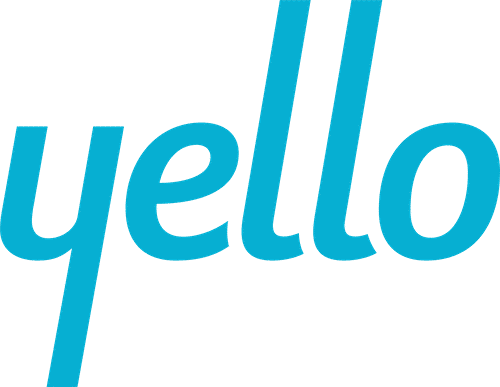Taking precautions to reduce employee turnover starts before the first day of employment. Reduce your company’s turnover rate, by carefully vetting candidates early in the interview process. Follow the below steps to increase employee tenure, before the first day.
Thoroughly Define The Role
Before a role is posted, meet with the hiring manager to have a deep understanding of the reason for the opening. Has anything changed since the last time this role was vacant? Are there specific skill gaps that need to be filled with this new addition? What new developments at the team, department and corporate level may impact the initial or future trajectory of this position? Whether this is a newly created role, or one of 20 that you hire for regularly, mapping out the reason for the opening will help shape the rest of the interview process and ensure the company is connecting with candidates who are best-suited for your current needs.
Ask The Right Questions
Once the required skills and personality traits are determined, strategically craft interview questions that will provide the best look into a candidate’s skills, work style and personality. Take the top five attributes — technical or soft skills — and select behavioral questions to elicit measurable responses. Think beyond “Describe your greatest strength,” to questions such as, “Describe a time when a project or goal shifted dramatically at the last minute. What would you do again in that situation? Anything that you would change?”
Also, incorporate questions that relate to core values and alignment with the company mission. Frame these questions so candidates provide an example of how they exemplified a core value in the past. Compare candidates’ previous experience to what they can expect in this role. If a candidate is looking for a new role because he or she can’t deal with the ambiguity in his or her current position, be up front about potential uncertainties in this position.
Prep The Team
The interview process should provide a clear and accurate view into the role, department and organization, while allowing you to fully understand a candidate’s ability to succeed. Including a diverse interview team will allow you to accomplish both feats. Before the first candidate enters your office, hold a brief meeting, or distribute interview assignments to anyone involved in the interview process. Talk through expectations for the position and work out who will ask particular key questions so candidates aren’t regurgitating their resume multiple times. One person should target cultural fit, while another focuses on the tactical questions. If anyone is new to the interview process — either in general or at your organization — conduct interview training so they understand the expectations and key objectives. The end goal is to collect feedback from employees at the peer and leadership level, simultaneously providing the candidate exposure to those with whom they may interact in the role
Be Transparent
Set accurate expectations when discussing an opening. Play up the pros of joining your amazing company and be honest about the challenges. The more authenticity when depicting the role, the better armed the candidate is with information that will ultimately help them decide whether the position is one that aligns with their own goals. Transparency at this early stage in the interview process allows for a consistent representation of the role and organization, and also prevents an employee’s potential revelation of “I didn’t realize it would be like this,” three months into his or her tenure. If the candidate has a clear picture up front, he or she won’t be tempted to jump at the first opportunity to leave.
Find out ways to further streamline your interview process by implementing TRM (talent relationship management) software.


